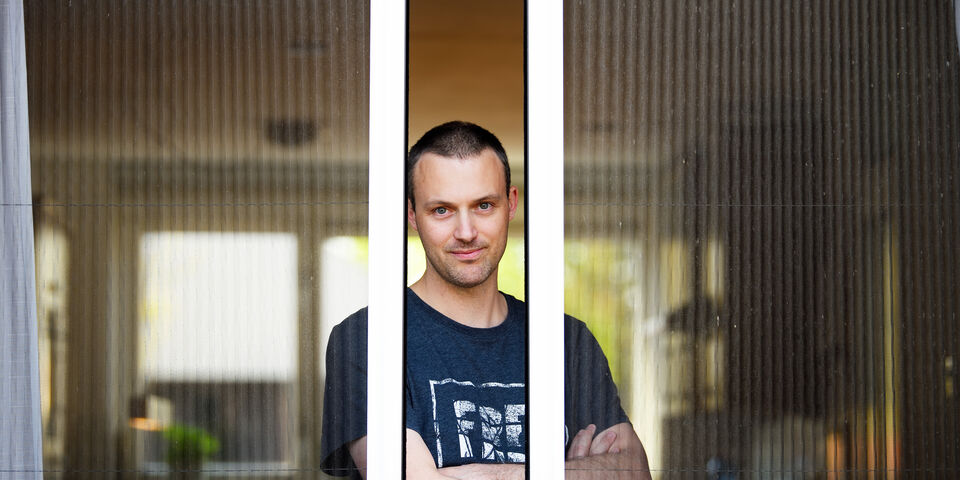Golf course innovation
The whole of the Netherlands was critical about Fontys, the university of applied sciences. First because of the reputation of Filip Dochy, then about the absurdity of HILL and finally about the fact that he marked his own homework. It seems that scientists here have started to exploit their ideas commercially, something that is also encouraged at TU/e.
Apply for patents, set up companies and of course preferably with TU/e as a partner. Sometimes these initiatives are very successful, sometimes not. In both cases, however, institutions must be very careful not to get bogged down in golf course innovation.
Golf course innovation works like this: Two directors meet on the golf course, with one complaining that he is not getting his product sold. Then the other person immediately says: "Why don't you try it out in my company? Then I call it innovation. After all, you can't criticize innovation. Because if you do that, you are by definition old-fashioned, recalcitrant or you have difficulty with changing things". The first director, or in this story scientist, thinks about this for a moment and says: "Fine, and then I collect data in your company and with that I get the scientific substantiation".
Innovating alongside research leads to a fundamental conflict of interest. For a scientist, the failure of a study or project is not necessarily a problem. A negative result is also a result. This does not apply to the director and if both are united in the same person, this becomes problematic.
There is then a risk that research results will be amplified (or even made up) or end up in reports without peer review. If, in addition to being a scientist, the director is also a charismatic guru, or if directors turn out to be both co-authors and each other's partners, such as the creators of HILL (Mien Segers and Filip Dochy) then you must be very careful.
But let us return to TU/e. In the constantly imposed educational innovation since the introduction of the Bachelor College, reference is often made to a report that was produced by Ruth Graham. Since then, TU/e (in a 4TU context) has regularly sponsored new reports from her. Reports that are published without peer review and to which our own educational innovators refer as a scientific basis for innovation.
I wonder on which golf course our Board and Mrs. Graham met.


Discussion